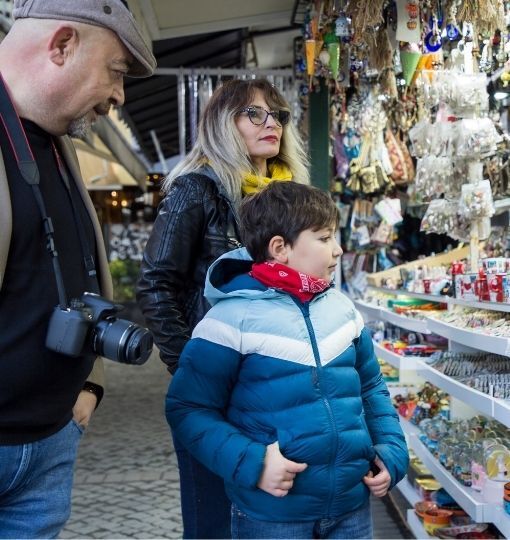Istanbul wakes up to the call of seagulls and the clatter of trams. The city’s bridges join two continents, yet its old markets still feel like car-free time capsules. Traders call out in many languages as aromas drift through narrow lanes.
Follow the tram to Eminönü and you step into this world. The Spice Bazaar, or Mısır Çarşısı, fills a stone arcade beside the New Mosque. Pyramids of saffron, rose petals, and pul biber glow under stained-glass skylights. This is not only a place to shop. It is a shortcut to Istanbul’s trading past.
History of the Spice Bazaar
The bazaar rose after the Great Fire of 1660. Revenues from Egypt helped fund the New Mosque complex, so the covered market soon earned the name “Egyptian Bazaar.” Court architect Koca Kasım Ağa drew an L-shaped arcade of eighty-plus vaulted shops that opened in 1664 and still stands today.
For centuries merchants sold pepper, cloves, silk, and coffee brought by caravans or ships. The market’s rent paid for the mosque’s upkeep and linked faith with commerce. Ottoman sultans taxed every kilo of spice that passed through these arches, making the market a treasury as well as a pantry.
Spice Bazaar Today
Step inside and the city noise fades behind stone walls. About eighty-five shops now line the passage, each stacked high with teas, Turkish delight, dried apricots, and the famous red pepper flakes called pul biber.
The bazaar opens daily at 9:00 AM and closes at 7:00 PM. It stays shut only on the first days of major religious holidays. Plan thirty minutes for a quick circuit, or linger longer to taste pistachio baklava and bargain for saffron strands. You can get the best Istanbul souvenirs in the Spice Bazaar to take home! Early mornings feel calm, while late afternoons buzz with cruise-ship crowds.
Local Tips for Visiting the Spice Bazaar
Arrive right after the doors open at 8:00 AM on weekdays. Shopkeepers are still arranging their displays and often offer small samples for the first sale of the day. The aisles stay roomy until about 10:00 AM, when tour groups roll in. If mornings are not possible, try the last hour before closing, when merchants lighten their loads with quiet discounts. Avoid midday Friday when the nearby New Mosque hosts large congregations and the area grows crowded.
Walk the arcade once without buying anything. Note prices, quality, and friendliness. Good saffron threads look deep red with yellow tips and come in sealed packets. Ask to smell loose spices and always taste Turkish delight before you choose a box.
Prices are marked, yet bargaining is common for bulk orders or mixed bags. Smile, keep your tone light, and settle on a deal that feels fair for both sides. Carry cash in small notes because some stalls still charge a fee on foreign cards, and loose change speeds up the bargain ritual.
After shopping, step outside through the back gate onto Tahmis Street. Sip strong menengiç coffee at Kurukahveci Mehmet Efendi while your nose resets. Cross the street to the flower arcade for fresh pomegranate juice. If time allows, stroll two minutes to the Galata Bridge and watch fishermen cast lines over the Golden Horn. Use your Istanbul Tourist Pass public-transport card to hop on the tram back to Sultanahmet or the ferry to Karaköy, keeping your spice bags safe from sudden rain showers.
Explore with Istanbul Tourist Pass®
Your Istanbul Tourist Pass® unlocks a free audio guide for the Spice Bazaar. Open your App, put on earphones, and wander at your own speed. The audio guide explains how each vault once stored frankincense, why the ceiling tiles show tulips, and which stalls still roast their own coffee beans.
The pass also covers more than one hundred attractions, from ferry rides to palace entries, and even includes a public-transport card. One purchase keeps your wallet closed while you taste, shop, and explore.
Ready to breathe in the scents of Istanbul? Buy your Istanbul Tourist Pass® now and let the Spice Bazaar fill your senses with colour and flavour.




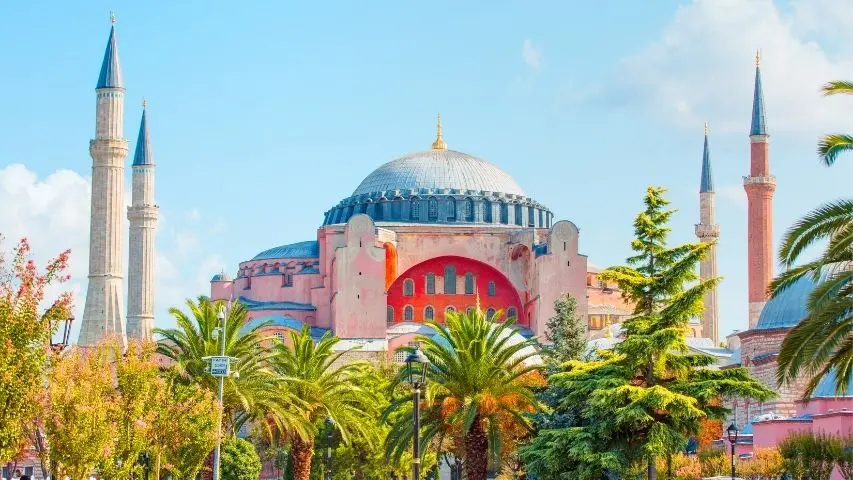
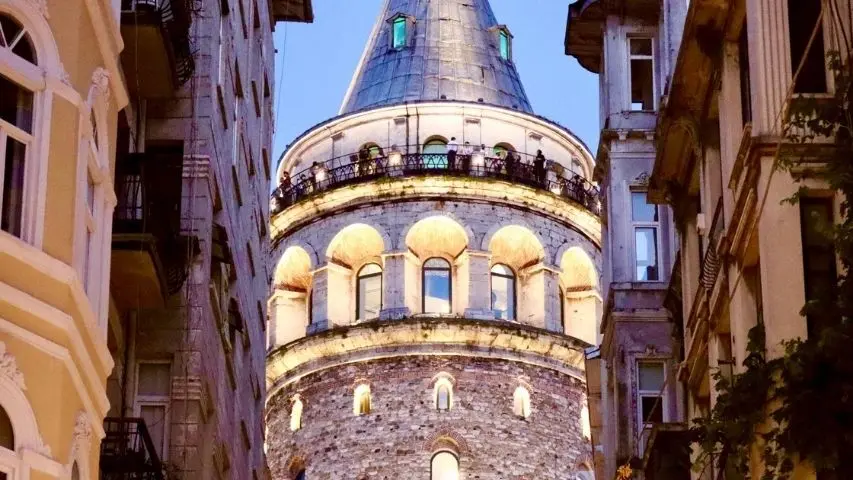
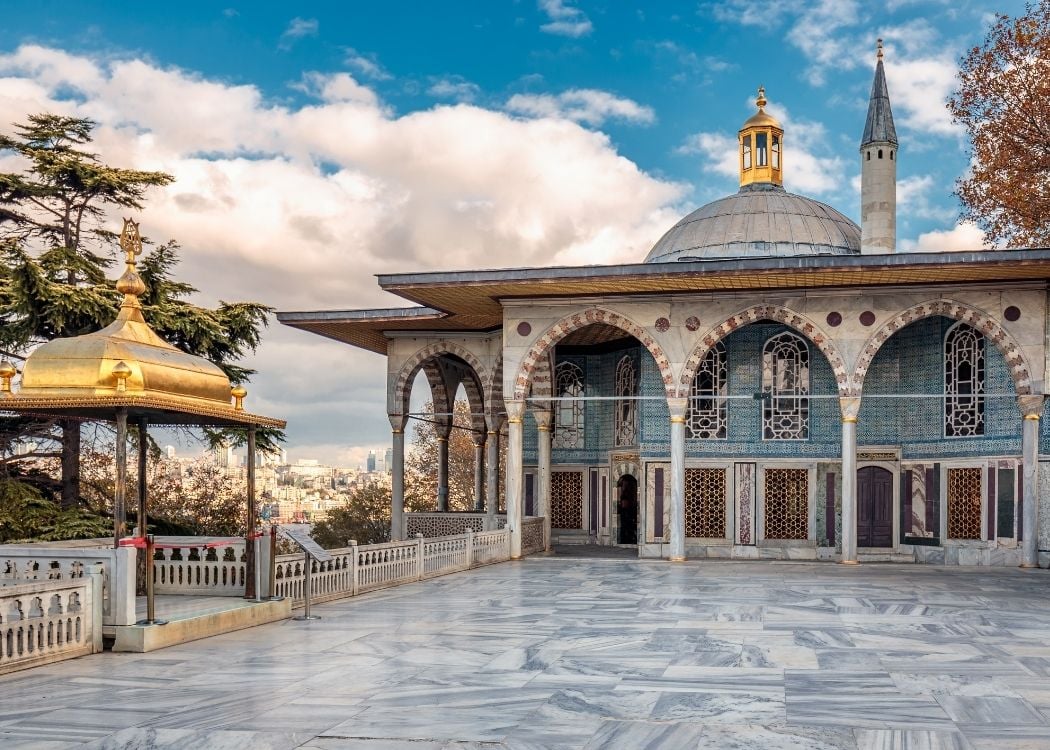

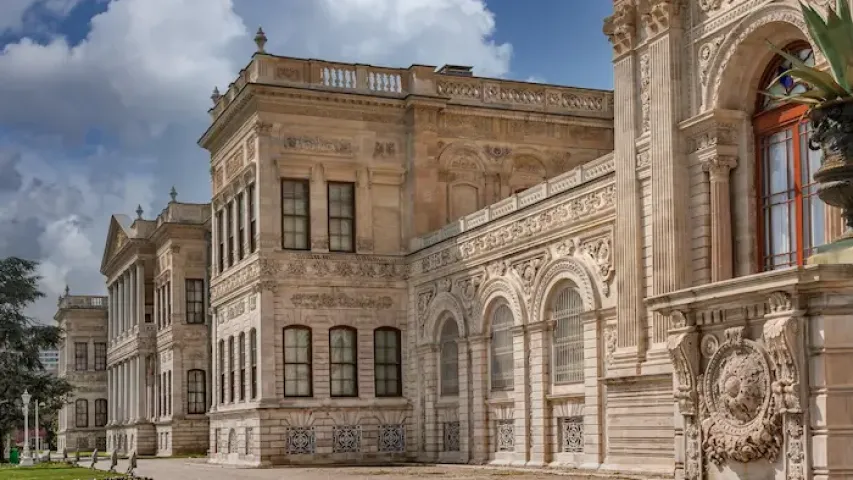
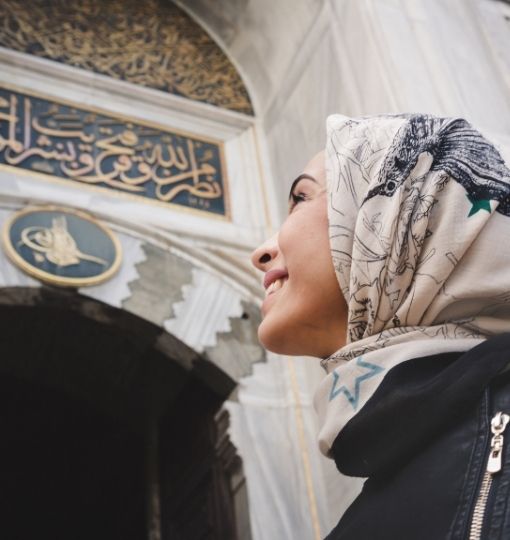
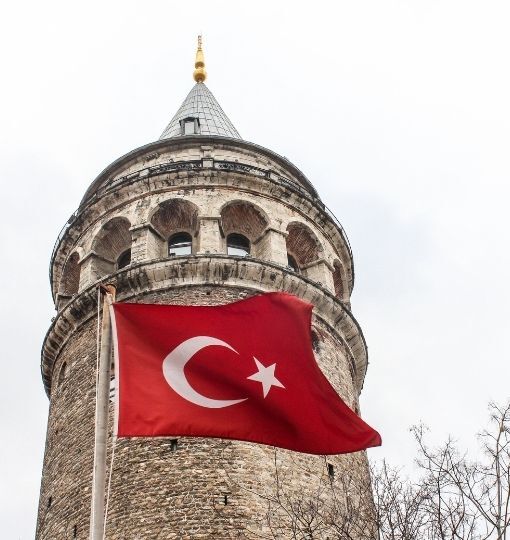



.jpg)



